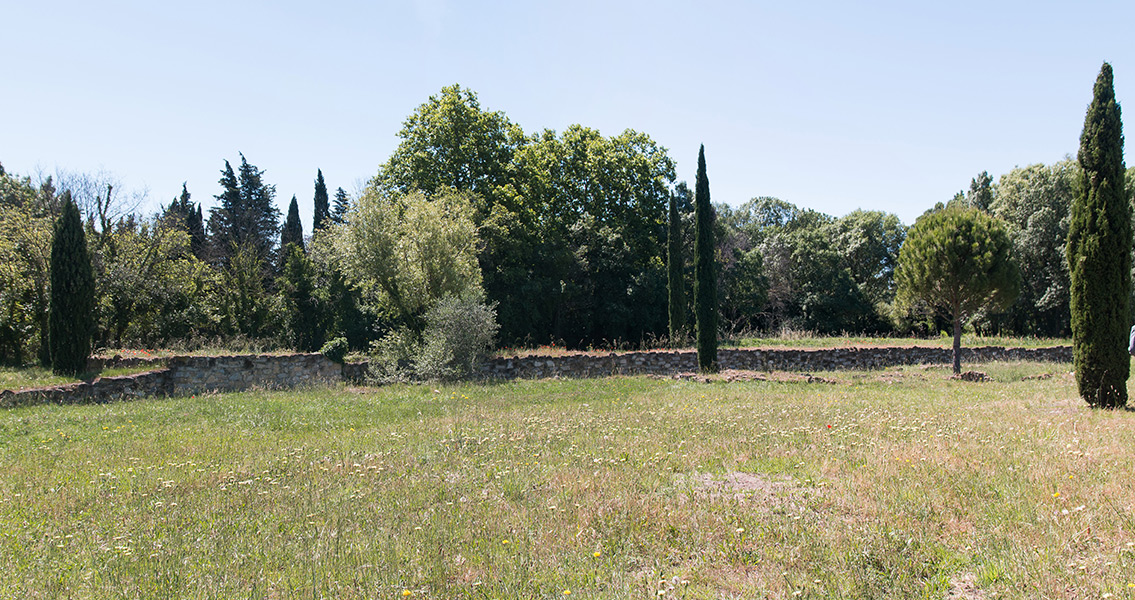<![CDATA[Archaeologists working in the south of France have discovered an approximately 2,100-year-old structure in the town of Lattara they believe to have once been an ancient Roman tavern, possibly one of the earliest such establishments in the western Mediterranean region. Ancient Lattara was primarily a farming community prior to the arrival of the conquering Romans, who brought with them a more diversified economy including new jobs and different ways of thinking – like dining out, which in turn would have created the demand for places to eat other than at home. “If you’re not growing your own food, where are you going to eat?” Benjamin Luley, an archaeologist from Gettysburg College (Pennsylvania, U.S.) told USA Today. “The Romans, in a very practical Roman way, had a very practical solution… a tavern.” Researchers found indoor ovens and gristmills in one room which would have been used for baking flatbreads. Across a courtyard they found another room with earthen benches placed up against the walls and a charcoal-burning fire pit in the floor – features indicating a “sit-down” establishment rather than a market. The tavern seemingly offered a wide and varied menu; the archaeologists discovered cattle and sheep bones spread around the courtyard as well as fish bones on the kitchen floor. The floors were also scattered with the shards of numerous drinking bowls – some quite sophisticated for the time period - which had been imported from Italy, in addition to debris from large bowls and platters. The researchers believed they had unearthed a bakery at first. Excavations during the previous five years had revealed what remained of three ovens (three to four feet wide) and a trio of indoor gristmills which are often associated with the baking of flatbread in ancient times. A typical home cook of the time period would have had no need for such industrial scale equipment. The interpretation of the structure as a tavern has been described by scholars as “plausible.” It’s been documented that in ancient times the Celtic people who resided in western Europe were well known, if not infamous for their infatuation with wine. The remains of ceramic drinking bowls and storage vessels indicates they, as well as the wine, were imported. There is adequate evidence that numerous jobs and ample trade were already present in the region prior to conquest by the Romans, which would have necessitated the demand for an eating establishment, such as a tavern. The argument against this scenario is the lack of any evidence of large workshops or other structures at the site which would have required the presence of a lot of laborers. Something else the site has not yielded is coins, suggesting to some scholars that the complex may have been a private dining room. The absence of any coins however, could merely suggest that the people of the time tended not to lose what was so difficult to come by, and doesn’t necessarily mean that patrons were not purchasing meals. Image courtesy of Wikimedia Commons user: Daniel Villafruela. ]]>
Roman Tavern May Have Been Discovered in France
